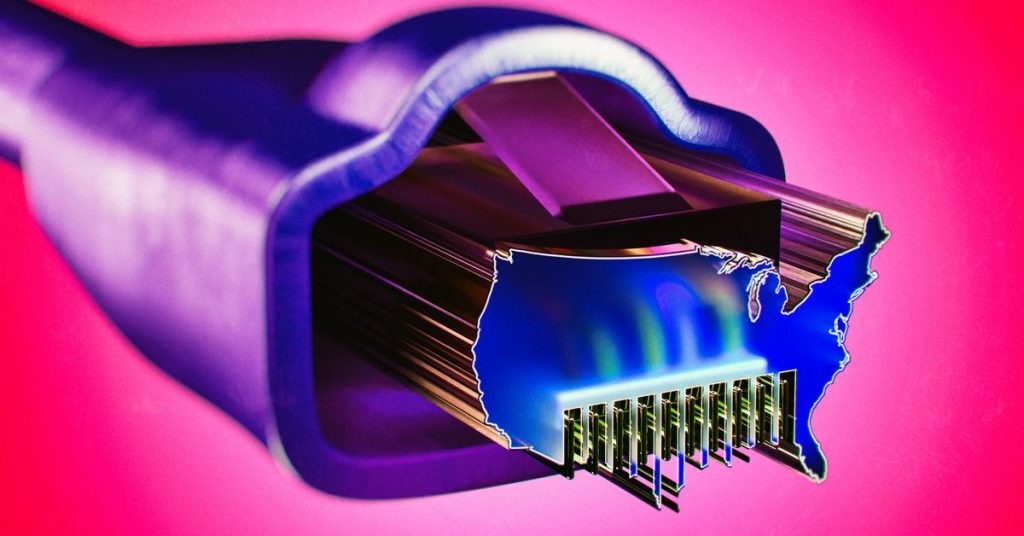FCC Redefines Broadband: 100Mbps Download and 20Mbps Upload Speeds Now the Standard

The Federal Communications Commission (FCC) has finally updated its definition of “broadband” internet speeds, setting the new benchmark at 100Mbps for downloads and 20Mbps for uploads. This change comes nine years after FCC commissioner Jessica Rosenworcel argued for the 100Mbps standard, stating that “anything short of that shortchanges our children, our future, and our new digital economy.”
The Importance of Broadband Definitions
The FCC’s broadband definitions play a crucial role in assessing the progress made in closing the digital divide and determining the level of regulation and financial support needed for broadband providers to expand access to quality internet services across the United States.
Factors Influencing the New Standard
The decision to set the new broadband standard was based on several factors, including:
- Requirements set by federal and state funding grants
- Consumer usage patterns
- Actual availability and marketing by internet service providers
The Broadband Gap in America
Despite the new standard, many Americans still lack access to adequate internet speeds:
- Nearly 28% of Americans in rural areas and more than 23% of people living on Tribal lands do not have access to fixed terrestrial broadband service (excluding satellite) at the new minimum speeds.
- Approximately 9% of all Americans, 36% of rural Americans, and over 20% of people on Tribal lands lack access to mobile 5G-NR coverage at minimum speeds of 35/3 Mbps.
- 45 million Americans lack access to both 100/20 Mbps fixed service and 35/3 Mbps mobile 5G-NR service.
The Push for Change
The new broadband definition was pushed through by the FCC’s Democratic majority, which was only recently established after years of deadlock due to incomplete commissioner appointments. The confirmation of Anna Gomez by the Senate last September finally gave the FCC the full five commissioners needed to move forward with this decision.
“I think our new threshold, frankly, should be 100Mbps. I think anything short of that shortchanges our children, our future, and our new digital economy.”
With the new broadband definition in place, the FCC can now more accurately assess the state of internet access in the United States and take the necessary steps to ensure that all Americans have access to the high-speed internet they need to thrive in the digital age.

3 Comments
Guess it’s time to say goodbye to “high-speed” internet that loads like a 90s dial-up, right
SapphireD: About time we raised the bar, 25Mbps was basically glorified dial-up anyway!
Finally, the FCC catches up to what we’ve all been thinking: that’s not broadband, it’s a snail’s pace!